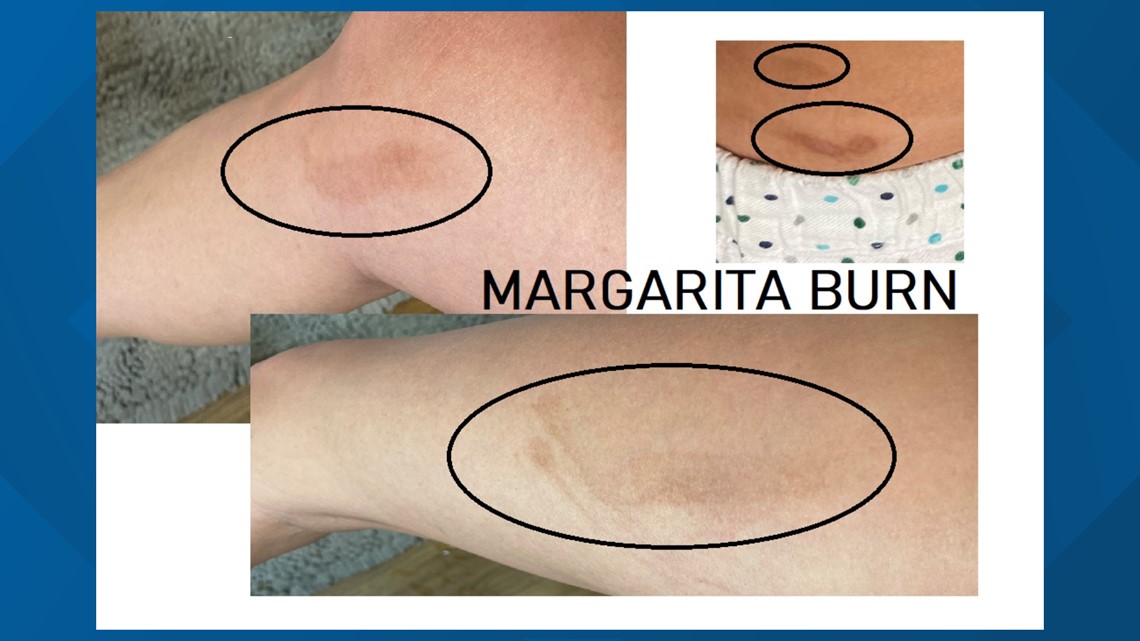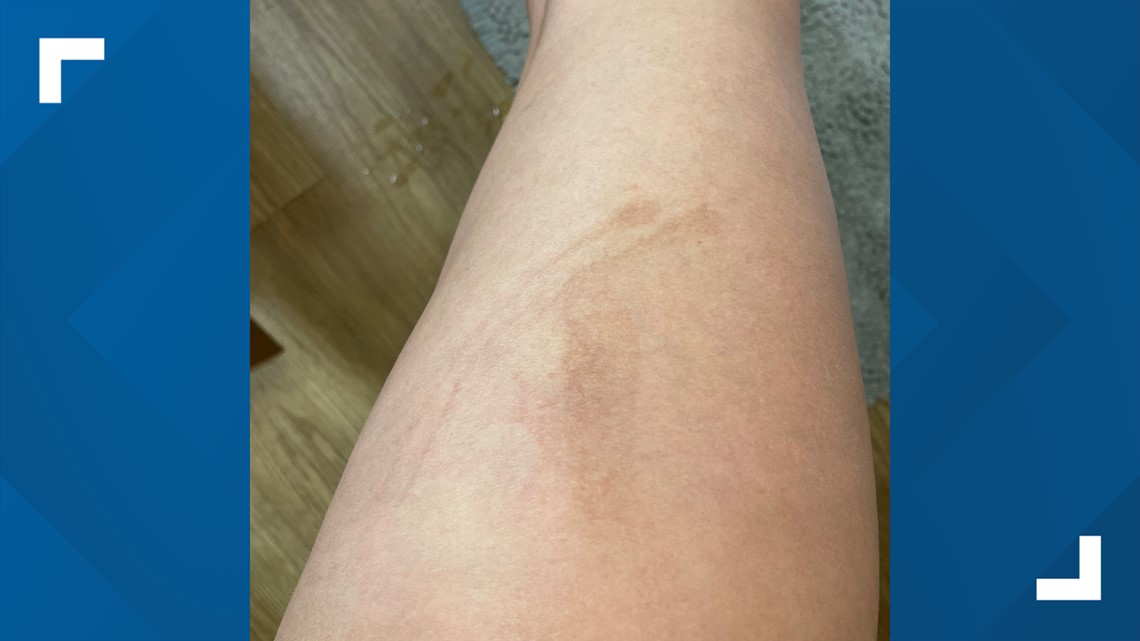GREENSBORO, N.C. — Margaritas while you're lounging at the pool, the kid's lemonade stand in the neighborhood, and a squeeze of lemon on the seafood dinner you're eating outside.
What do they all have in common? Citrus fruit and sun are involved, and that means you could get something called Margarita Burn.
“It's just a way that the constituents in the lime juice react with the sun and cause this pigmentation eruption,” said Dr. Amy McMichael, Chair of Dermatology at Atrium Health Wake Forest Baptist.
Margarita Burn is clinically known as Phytophotodermatitis. The term Phyto means plant, photo refers to light, and dermatitis is the inflammation of the skin.
“Most of the time people will squeeze lime and someone will splash onto their skin or maybe they'll spill a little bit on their arm or leg. It can happen if you're cutting limes or preparing a dish with lime, but it's not anything to do with the drinking of the margarita,” said McMichael.


Dr. McMichael says not every person is as sensitive, so not everyone who gets citrus juice on their skin and is in the sun gets it.
No Real Treatment
There's no real treatment, much like a sunburn, you keep it moisturized and it eventually goes away.
“You just put Vaseline, petroleum jelly, or Aquaphor on it. Don't pop any blisters. It can take weeks to fade. It will go away on its own,” said McMichael.
Dr. McMichael says dermatologists use a light treatment similar to this Margarita Burn to help patients with psoriasis and pigmentation problems actually get pigmentation in their skin. Of course, when they do it, it is controlled, not like the juice splashes by the pool.







